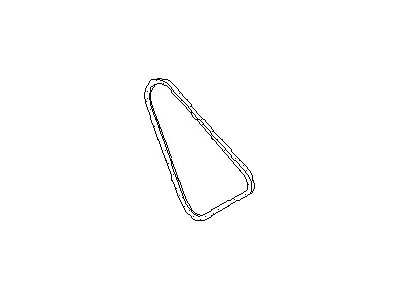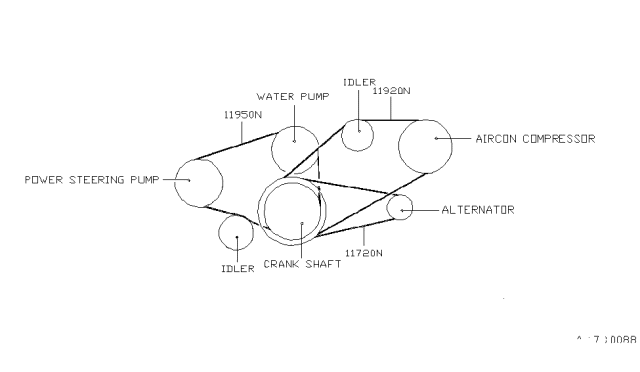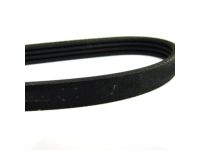Drivebelts situated at the front of the engine are essential to the engine and all related parts. It is advisable to check these belts regularly because as a result of their functioning and the composition of their material, they are subject to wearing. The early version has three belts, namely serpentine, and V belts, and those manufactured from 1995 have two serpentine belts only. The drivebelts are designed to turn the alternator, power steering pump, water pump, and A/c compressor incase of an equipped vehicle. To inspect belts, the first step is turning off the engine, opening the hood, and to evaluate the condition of the belts, one can use fingers and, if needed, a flashlight; the areas to pay attention to are cracks, separations, fraying, and glazing on the sides of the belt by twisting it. On the underside there should be ribs which should be of equal thickness. An easy way of checking the belt tension is by pressing the belt between two pulleys; where the distance is between 7-11 inches, ¼ inch should be deflected while for the 12-16 inches ¼ to ½ inc should only be deflected. Common among three-belt models is where one belt turns the water pump and power steering pump, the second turns the alternator, while the third, which is longer, turns the air conditioning compressor, all this being controlled by various idlers. Later models incorporate a single serpentine belt which is adjusted at the power steering pump and another large serpentine belt, adjusted at the upper idler. To remove the belts, you need to loosen the adjuster or component to take it off the pulleys and recall that outer belts are to be removed to expose the inner belts, nonetheless, it is recommended to replace all belts at the same time. After running the new belt over the pulleys it will require the tension to be set all over.
Posted by NissanPartsDeal Specialist 



